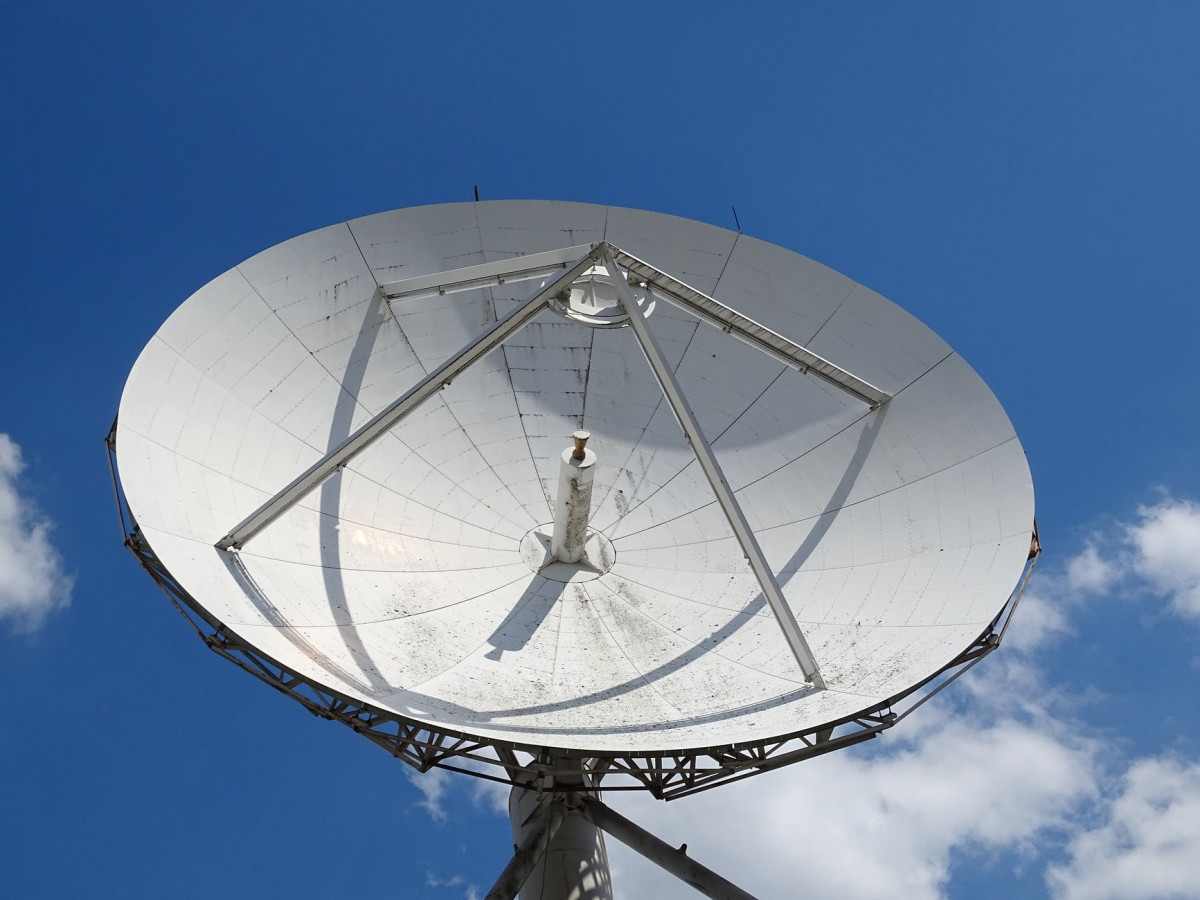OK, time for my annual, I really don’t like Comcast. They just love to raise prices without much notification and then you always have to go back and sign up for a new annual plan. So today, the issues are that I was on a $80/month plan for 400Mbps (and a lowly 10Mbps up but that’s another story). Then you need to pay an additional $30/month for unlimited data. They just raised prices to $83.
But, if you take the time to look at their 1-year commitment plans, the rates are much lower. So at least in the Seattle area, you can for $90 get a 1.2Gbps plan and $80 gets you to 900Mbps. You heard that right with a one year commitment, it is cheaper and you more than double your download speeds. Yikes!
Taking advantage of 900Mbps or 1.2Gbps? 900Mbps is easiest
The big issue for getting a 900Mbps plan is that you have to own the right modem. Two years ago, I got future proofed and before they changed the plans (in the old days, the 600Mbps bundled unlimited data), it actually worked. So with the Arris SURFBoard SB8200 Docsis 3.1 modem.
Technically, this has two 1Gb Ethernet output ports, so you can bond them and make something hat is big. Technically this has 32 downstream and 8 upstream DOCSIS 3.0 bonded. None of which I completely understand, but it also supports the new DOSSIS 3.1 OFDM channels in 2×2 The Amazon site says that the maximum speed is 957 Mbps on Xfinity.
But a quick review at HitronTech explains what is going on which is that with a DOCSIS 3.0 signaling standard, but basically in a cable system, there are download channels and upload channels and each download channel support up to 42.88Mbps (odd number right). So to get to 1Gbp, you need 24 channels. And for the upstream channels, they slower at 30.72Mbps, so a fully kitted version 32×8 would be 32×42.88 or 1.372Gbps downstream and 8×30.72 or 245Mbps downstream (the actual limit is 200Mbps)
That means the SB8200 can theoretically with 32 downstream channels handle up to 1.4Gbps (so faster that Gbe Ethernet). So it needs two 1Gb Ethernet ports which have to then be bonded.
Now the second complexity is there a new encoding scheme in DOCSIS 3.1 that is 312Mbps per channel. So in the ultimate version a 32×8 DOCSIS 3.1 can handle 10Gbe communications. I’m going to like that day!
If you want the deep explanation from Wikipedia then you will see the DOCSIS (Data Over Cable Service Interface Specification) has two version, the current one is 3.0 which supports channel bonding, so you can get throughput across lots of channels.
The big change in DOCSIS 3.1 is moving to OFDM or SC-QAM channels which much higher encoding, roughly 10x better than older DOCSIS which is how you get to 10Gbps. A typical DOCSIS 3.1 modem say by Hitron will have 2×2 OFDM DocSIS 3.1 channels and then is backward compatible with 32×8 DOCSIS 3.0 channels.
Going to 1.2 Gbps means new modem, router, switches and APs
Now one of the problems is that the current Ubiquiti Unifi Dream Machine Pro only (I say that with a smile) 1Gbps WAN port 9 input. However, you can put on the WAN2 Port a 10Gbps adapter, so the main issue is how to get over 1.2Gbps into your computer in the first place.
On the other hand, Comcast knows this, so the 900Mbps plan is $85 and the 1.2Mbps plan is $90. These are for one year, the no term agreement is $5/month higher. Plus both come with Peacock Premium (if you care about that, but it is worth something).
The second problem is how to get all the tasty bandwidth through the switches and to your actual devices. This requires a wholesale upgrade including:
- Cat 5E can run 2.5Gbps or even 5Gbps but you need to change everything to do it these are technically called IEEE 802.3bz or Base-T which allow higher speed over existing twisted pair so you get 2.5GBASE-T and 5GBASE-T
- WiFi 5 and 6 but WiFi 6E may demand more than 1Gbe output so get new WiFi 6E APs, so these Access Points need 2.5GBASE-T and while you are at it you might as well move to WiFi 6E which opens up sixteen additional 160MHz channels in the 6GHz range. The new Ubiquiti 6 Enterprise is just a system and you need 2.5Gbps backhaul from each AP so you need the new enterprise switches.
- Add 2.5/5Gbps switches like the Ubiquiti Enterprise 24. The older switches used 1Gbps at each port and then would have 10Gbps Fiber or Ethernet backhaul, the new Ubiquiti Enterprise 25 on the other hand has 2.5Gbps with POE for the new APs. And the connection upstream can now go up to 10Gbps. If you have a really large enterprise, you back these switches up against layer 2 switches that are 10Gbps with 28Gbps backhaul. So the way you would do this is to add a smaller 8-port or 24-port switch like this as you buy your WiFi 6E hardware. Pricing right now is $500 for the 8 port and $800 for the 24-port rack mount
- New client devices support 2.5Gbe wired or higher speeds. You need devices that can support all this which are basically anything that is 802.11ax. So basically if you have wired devices then you need 2.5Gbe to them directly. There are very few of these mainly Windows PCs. Note that WiFi 5 devices with 4 channels so my current 80MHz WiFi 5 MacBook technically needs 1.3Gbps and would benefit from a wired port that does this. The nice thing is that with bonding older devices like the Synology NAS with two Ethernet ports already support 2Gbe, but it isn’t clear when you need that much download.
- New Routers like the UDMSE that support 2.5Gbps. The final thing that has to change is connecting properly, so the new Dream Machine Special Edition as an example goes from 1GbE and an SFP+ that can support 10GbE to 2.5GbE on the primary. Note that you can still use the SFP+ port for that purpose in the older Dream machine pro, but that the SFP+ module that Ubiquiti supports only does 1Gbe and 10Gbe, there is no 2.5Gbe option in the UniFi system for the UDM. Note that you can get third party SFP+ like the 10Gtek ASF-10G-T or the FlyPro 10Base-T SFP+ that supports 2.5Gbe, but the backplane on the UDM does not support higher than 2.5Gbe, it looks like 10Gbe to the switch, but its really 2.5Gbe and with this trick, you can get over 2Gbps
- New 2.5Gbe Docsis 3.1 modem output The UDM also doesn’t support WAN bonding, so you can’t take the two 1Gbe ports on a modem and just plug them in. This works for the LAN ports but not their WAN ones. So you need a small switch that can do this bonding or a new modem that is 2.5Gbps on its output. It is $180 at Amazon or Best Buy
As an aside all of this is pretty expensive enterprise stuff, so think carefully before you do this wholesale upgrade. At just $5/month more, it probably makes sense for the techno geek to get that speed and then upgrade in order: a) the cable modem with 2.5Gbe, b) an SFP+ that support 2.5Gbe and as the WiFi6E modems arrive, get the switch that supports it as an overlay. The nice thing is that with a high speed core switch like the 48-port that we have it has four SFP+ ports, so there are plenty of wants to move 10Gbps around.
But changing to this new $90/month 1.2Gbps plan hangs on a VPN
Sigh, Xfinity finally allows changes to plans online and you can actually see the plans. But right now I’m hanging on some site called approval.cws.xfinity.com. I hate calling folks, but this is the way, but I then tried it again without a VPN and it appeared to go through. But make sure that you read the unlimited data plan for $30/month, this gets taken off when you change plans
Cellular Backup Plans for Home with Data Only Plans
OK, so I have an old Netgear Nighthawk M1 and it works with the Google Fi data plan. I can put a data sim in and pay $10/GB for backup. The main drawback is that there is a $30/month charge for a voice plan so it is pretty expensive. You could try to use T-mobile if you already have their system, but they block the Netgear, so you have to buy a separate system. That is actually not terrible as they have a $90 hotspot for low bandwidth.
You can always hotspot your phone, but with Ubiquiti you get a nice automatic failover which is great.
There is also the option to just get a cellular home internet plan but because the Ubiquiti only allows failover and you can’t share the bandwidth that doesn’t make much sense, but T-mobile for instance offers for $60/month speeds of 50Mbps down and 4Mbps up. So pretty expensive compared with $90 + $30 for no cap for 1.2Gbps (if I can actually get it). So the question is what is backup internet really worth to you.
The other option is to look at Data only plans that work with mobile hotspots where you are just paying for the data. One that looks pretty good is the US Mobile plan for $20/month, you get 2GB of data (it is $10 for the data then a $2 plus a $5 regulatory fee so a little bit of a lie). I wish that this would rollover. The T-Mobile plan actually looks nice but they are restricted to WiFi hotspots and don’t appear to work on any device. And, the Google Plan at $20/month for a phone line flat plus $1/10GB for data actually doesn’t look that bad in contrast, except you do get the 2GB of the first data so maybe the T-mobile plan is a little cheaper.
So the question is are there better mobile wireless routers that I can use for those rare failover time you really want a plan with a low monthly fixed cost and then data that you can easily just add to as needed.
Right now, if US Mobile works out, this seems like the it is basically $10 for 2GB a day






